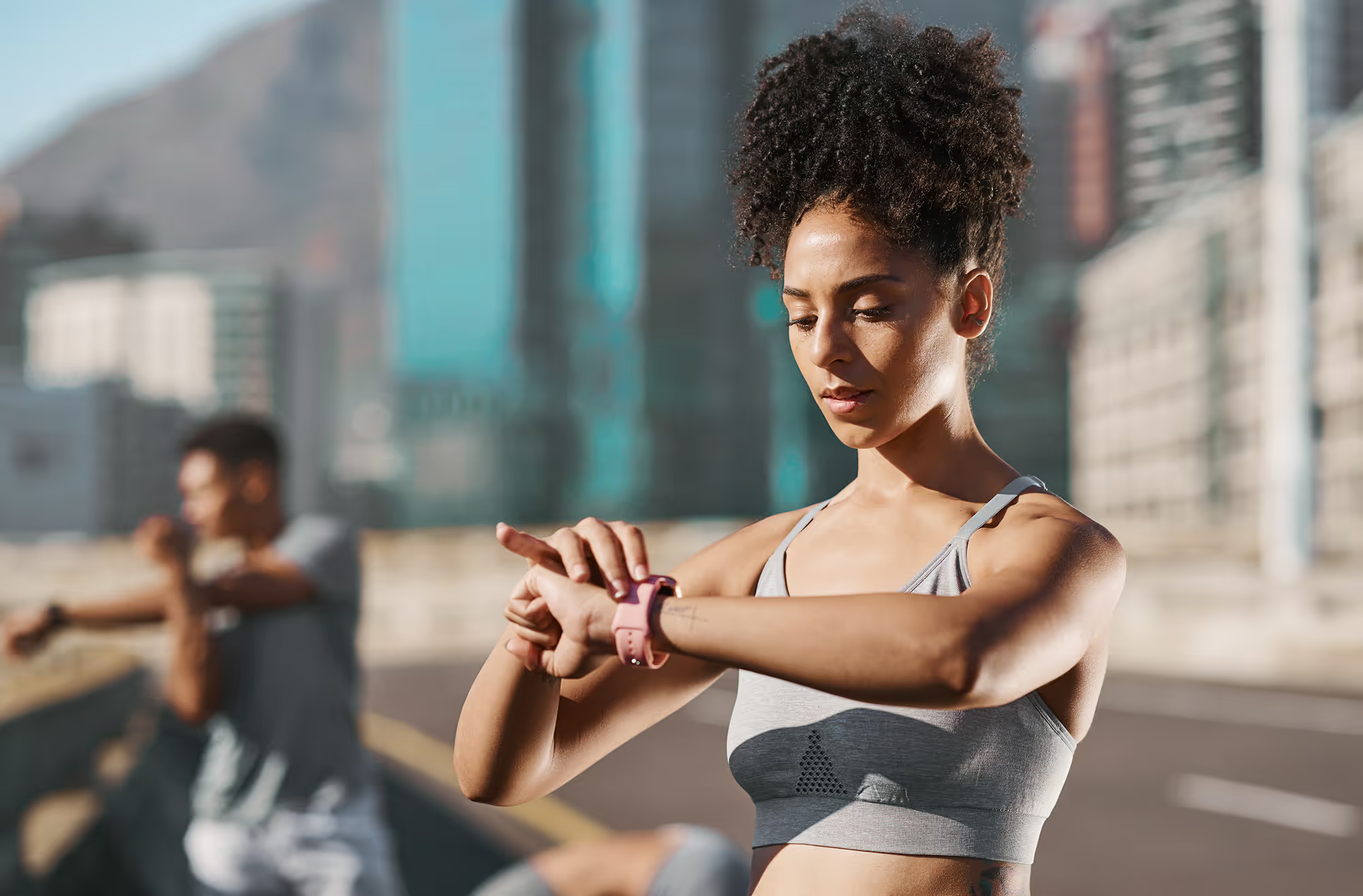
Are you a social butterfly thriving in group fitness classes, or a lone wolf conquering solo workouts, fully immersed in your own zone? Let’s dive into the ultimate fitness showdown: Group Fitness vs. Solo Training!
This isn’t just a debate for the sake of discussion. After 16 years as a personal trainer, managing group classes and guiding solo warriors, I’ve seen it all—the triumphs, the struggles, and yes, the hilarious moments. Let’s explore both sides and help you find your perfect fitness tribe.
This isn’t just a debate for the sake of discussion. After 16 years as a personal trainer, managing group classes and guiding solo warriors, I’ve seen it all—the triumphs, the struggles, and yes, the hilarious moments. Let’s explore both sides and help you find your perfect fitness tribe.
The Buzz Around Group Fitness
Group fitness classes are wildly popular for good reason. They’re packed with contagious energy, camaraderie, and that extra push when you’d rather be curled up on the couch. Imagine walking into a gym and feeling the electric vibe of a high-energy class—music pumping, people cheering each other on, and an unspoken unity. That shared energy can be a game-changer, motivating you to push harder and dig deeper.
But let’s address the stigma:
- Myth 1: Group fitness is just for socializing.
- Myth 2: The workouts aren’t serious or challenging.
- Myth 3: You’re more likely to get injured.
The reality? Group settings can foster incredible transformations. People who feel unsure or intimidated often find their confidence skyrocketing in these environments. That “we’re all in this together” vibe can make burpees seem… well, not fun, but definitely manageable.
Of course, there are challenges. Popular classes fill up fast, and the pressure to keep up with the group can sometimes push people too far, leading to improper form or injuries. I’ve seen it firsthand during my time managing classes—people signing up days in advance for a spot and then pushing themselves beyond their limits once they’re there.
Of course, there are challenges. Popular classes fill up fast, and the pressure to keep up with the group can sometimes push people too far, leading to improper form or injuries. I’ve seen it firsthand during my time managing classes—people signing up days in advance for a spot and then pushing themselves beyond their limits once they’re there.
Solo Training: Your Personal Fitness Journey
On the flip side, solo training offers a completely different kind of empowerment. This is your time to take control—your playlist, your pace, your rules. It’s a chance to tune out the noise and focus entirely on your goals and progress. Solo training is a masterclass in building inner strength and discipline. Showing up for yourself, without external motivators, creates a sense of accomplishment that ripples into every area of life.
And no, solo training doesn’t have to be boring! You can set specific goals—mastering a pull-up, prepping for an adventure like climbing Mount Kilimanjaro, or simply perfecting your squat form. This time is about reflection, growth, and creating a personalized fitness routine that aligns with your needs.
And no, solo training doesn’t have to be boring! You can set specific goals—mastering a pull-up, prepping for an adventure like climbing Mount Kilimanjaro, or simply perfecting your squat form. This time is about reflection, growth, and creating a personalized fitness routine that aligns with your needs.
The Real-Life Lessons
Teaching high-energy classes like BodyPump taught me valuable lessons about balance and listening to my body. It’s easy to get caught up in the hype and push too hard—I’ve been there! At one point, my overtraining led to a knee condition that forced me to step back and reevaluate my approach. That experience reshaped not only my workouts but also how I coach others.
Injuries can happen in both group and solo settings, especially when we’re not prioritizing rest and recovery or balancing muscle groups. My knee injury taught me to listen to my body, respect my limitations, and embrace the importance of recovery.
Injuries can happen in both group and solo settings, especially when we’re not prioritizing rest and recovery or balancing muscle groups. My knee injury taught me to listen to my body, respect my limitations, and embrace the importance of recovery.
Striking the Perfect Balance
The truth is, there’s no one-size-fits-all answer to this fitness debate. The winner is the style that aligns with your goals, personality, and lifestyle. Here’s how to find your fitness tribe:
1. Clarify Your Goals: Are you aiming for weight loss, muscle gain, functional strength, or training for a specific event?
2. Assess Your Motivation: Do you thrive in a group’s energy, or do you prefer to zone out and focus solo?
3. Listen to Your Body: Are you feeling burnt out or neglecting certain muscle groups? Balance is key.
1. Clarify Your Goals: Are you aiming for weight loss, muscle gain, functional strength, or training for a specific event?
2. Assess Your Motivation: Do you thrive in a group’s energy, or do you prefer to zone out and focus solo?
3. Listen to Your Body: Are you feeling burnt out or neglecting certain muscle groups? Balance is key.
Challenge of the Week
- Group Fitness Lovers: Try a solo workout. Focus on mastering a specific skill or exploring a new area of the gym.
- Solo Warriors: Jump into a group class. Experience the energy and camaraderie that might surprise you.
Fitness isn’t about fitting into a mold; it’s about creating a journey that’s uniquely yours. Experiment, explore, and most importantly, have fun. Let me know how it goes—I’d love to hear your experiences! DM me on social media and let’s keep pushing beyond our strength together.





















